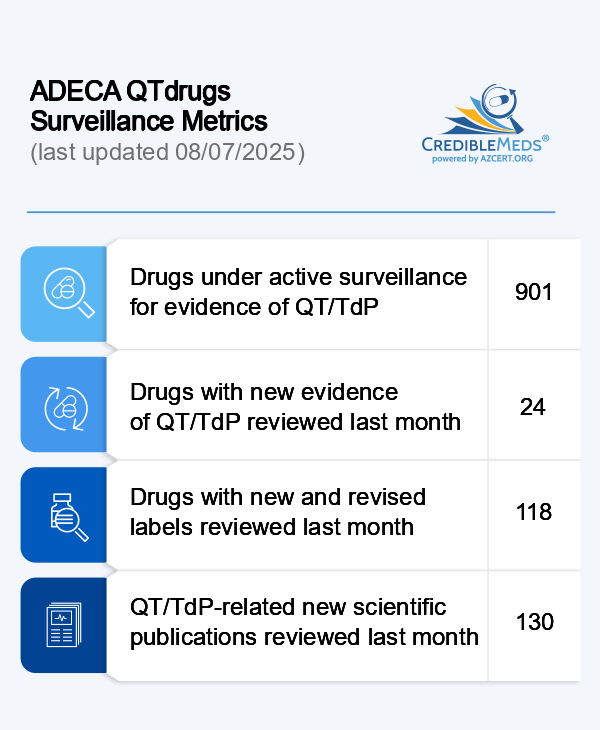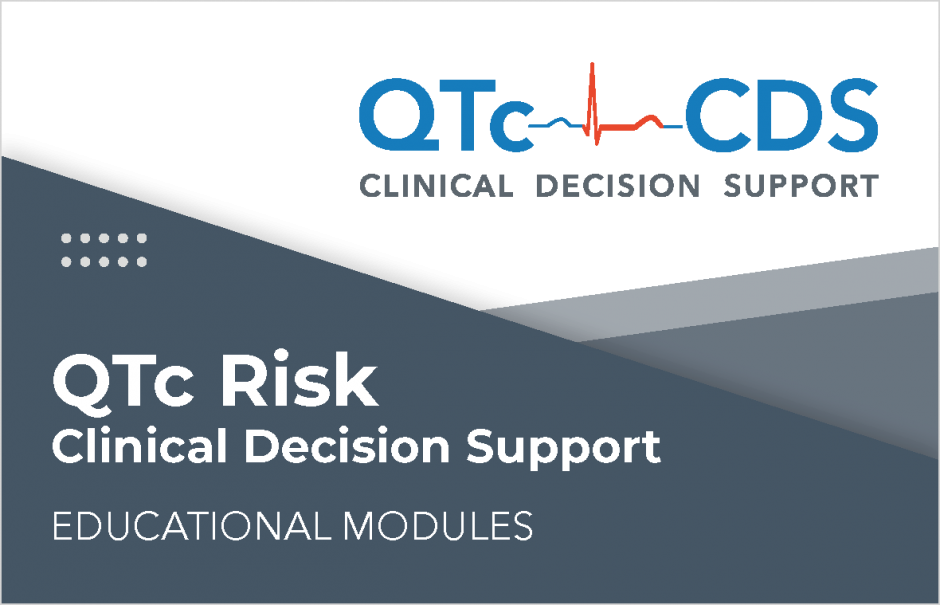
The United States has seen a sharp increase in the use and abuse of prescription and illegal opioid drugs in the past decade. What are some of the contributing factors that have led to America’s current, devastating opioid epidemic? Dr. Raymond Woosley, Founder of CredibleMeds and the Critical Path Institute, sat down with KVOI’s Bill Buckmaster on June 13, 2017 to discuss addiction and prescription on Buckmaster’s monthly “Your Meds” segment. Dr. Woosley points out that addiction is literally part of our DNA, and has been known to occur in the earliest recorded human civilizations. A big part of the problem is that even those who aren’t predisposed to addictive behaviors can easily become addicted to opioids if taken for a long enough time. Unfortunately, our natural tendency to seek out the pleasurable feelings that are brought about by opioids has created a very real and very deadly situation in our healthcare system.
What are Opioids?
Opioids are chemicals structurally related to morphine, a drug which is derived from poppy plants. They are often called “narcotics”, from the Greek “narcos” meaning sleep or numbing. All opioids operate on certain receptors in the brain which brings about very short pain relief and the feeling of well-being. Unfortunately, the feeling is short-lived, and with continued use they often cause marked withdrawal symptoms that include an increased sense of pain and cravings when regular doses are reduced or missed.
What has become an epidemic started with good intentions. Doctors wanted to give their patients the best treatment for chronic pain. We now know that opioid treatment can create even larger problems for patients on top of their pain. More recently we have seen charges that drug companies capitalize on the addictive nature of these drugs to ensure that more and more opiates are being prescribed and consumed, which results in big profits.
There are a wide variety of opioid medications available in varying potency. Some of the more common prescriptions include Vicodin, Percocet, Oxycontin, Demerol, and Fentanyl. Usage of these drugs skyrocketed when drug companies began promoting their use and falsely claiming a low risk of addiction. Their use for chronic pain ultimately leads to chronic use, naturally leading to addiction. As a result, over 33,000 people died in 2015 from prescription opioid overdose.
What can we do to help curb the epidemic?
For one, you can choose to refuse a prescription of opioids from your doctor or dentist unless there are no other options for controlling your pain. Also, if taking opiates, don’t take other medicines without first checking with your doctor. Lastly, it is important to stop taking opioids as soon as possible to reduce the chance of addiction. If you think you are currently addicted, ask your physician to refer you to an addiction specialist and/or treatment center.
Interested readers can listen to this archived broadcast of Bill Buckmaster’s monthly “Your Meds” segment by following the link below. The segment begins at 32:00. http://bit.ly/2Deqozb











